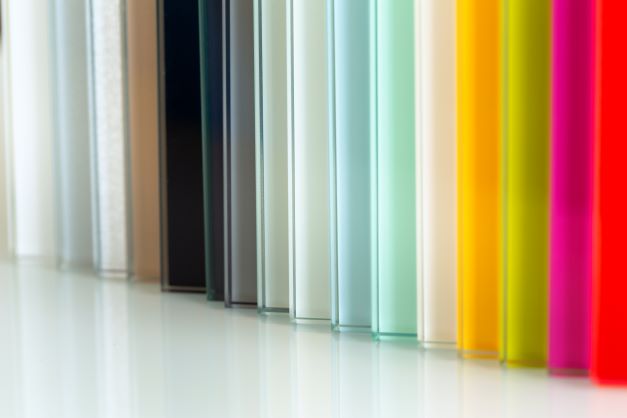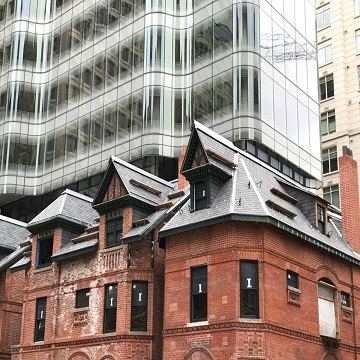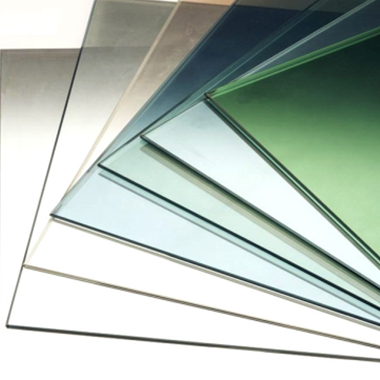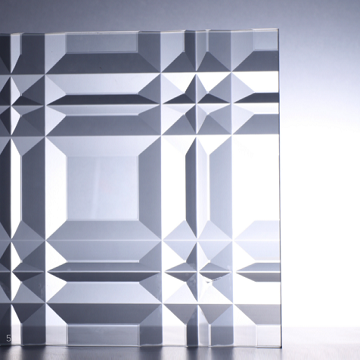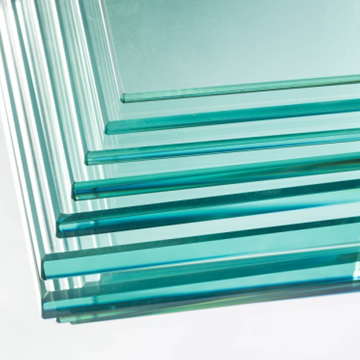Each year, millions of birds accidentally fly into glass windows, doors and facades, with many of these collisions being fatal. As glass continues to make up more and more of the external building envelope, it is likely that the number of birds affected by this problem will increase over the coming years. Building requirements are becoming more stringent across the world, which means architects are now looking for glass solutions that are safer and which help to reduce the risk of bird collisions, whilst still providing the aesthetic and performance attributes that their projects require.
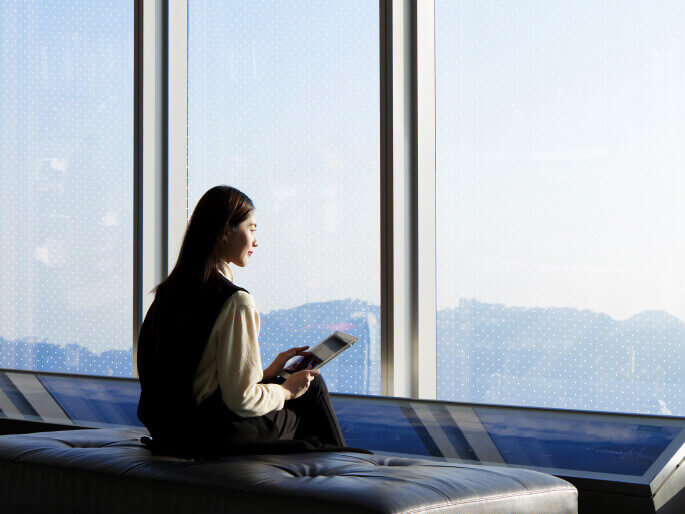
What is bird friendly glass?
Bird-safe glass is specially designed to make glass a visible obstacle to birds. ... A variety of approaches, such as fritting, silk-screening, or ultraviolet coating, create a pattern that breaks up the reflectivity of the glass and alerts birds to its presence.
Why do birds collide with glass?
The two most common causes of birds colliding with glass are its transparency and its reflectivity.
Reflection of bird-safe glass
Birds cannot differentiate between reflections of tree sky, or habitat, and the real thing. Even low-reflecting glass can act like a mirror when it is bright outside and dark inside. When coupled with certain façade designs, the reflections can create areas that are visually confusing to birds.
Transmission of bird-safe glass
When there is a direct line of sight from one window to another (e.g. walkways, corners, bus stops, or transparent wind/sound barriers), birds do not perceive the glass as a barrier, and attempt to fly through, causing the collision. Also, birds can see wooded atriums or indoor plants as an inviting habitat.
Design of bird-safe glass
The design of the building and its location can have a significant impact on the collision risk as well as the maximum effectiveness of deterrents. Building shape, location, and landscaping (especially the anticipated height of the tree canopy once mature) all have considerable impact on the collision risk profile of the facility.
Lighting of bird-safe glass
Birds use the night sky and ambient light levels to aid their migration navigation. This causes nighttime collisions as lighting inside buildings, especially those buildings with potential habitat, attracts birds. Artificial lights, particularly those that point upward, can lure and trap birds in their haze, where they potentially die of exhaustion.
Can birds see tinted glass?
The Problems. The main problem with windows are the transparent and reflective qualities of the glass, birds don't perceive them as humans do. ... When glass is reflective, it often reflects sky, clouds, or trees that birds think they can fly into, right up until they collide with it.
What does bird-safe glass look like?
Because the spacing is what counts, bird-safe glass can be designed to feature many different types of patterns and etchings.
For example, the Minneapolis Central Library used bird-safe glass that they designed to look like a forest. The glass was purchased from Viracon, a Minnesota-based company that's providing the glass for the Vikings Stadium.
As the library demonstrates, the Vikings could customize a bird-safe glass, perhaps using their logo.
Another company, German-based Arnold Glas, patterns its Ornilux bird protection glass with an ultraviolet-reflective coating. Birds can see the coating, but it is virtually invisible to humans.
Where can I buy bird-safe glass?
Many companies offer bird-safe glass, and the price is often just 5 percent higher than standard glass. Another option for limiting bird collisions is to construct buildings so that the glass is angled slightly downwards, and therefore won’t reflect the skyline in the same manner.
Designed Treatment Methods
There are three different preferred ways to treat glass that range in visibility to humans and have all been shown to be the most effective for bird-friendly applications. The decision of which to use can be based on the project criteria for aesthetics, cost and bird safety.
Fritted Glass—This option is the most visible to the human eye, and therefore can offer the most data around efficacy in protecting birds (if humans can see it, birds can too).
Etched Glass—This includes different common means of treating the glass, so it is translucent. It is moderately visible to the human eye.
UV-coated Glass—This option provides the least impact on human visibility and aesthetics.
Note that these treated glass deterrent applications primarily address daytime collisions, although frit may help with nighttime collisions too.
These dangers are dramatically exacerbated during migration periods when large flocks migrate through urban areas. While most of us envision birds soaring above us and crashing into higher floors, the deadliest areas of buildings are the first three to four floors, as the birds leave the trees to continue their paths south or north. Therefore, these floors are the most critical for treatment, so a whole 40-story building doesn’t have to be clad, except for aesthetic purposes.
It became clear over the years that a humane, science-based deterrent had to be found.
Saving Birds with Printed Glass
The answer – ceramic printing.
The American Bird Conservancy has researched and developed guidelines to protect birds with designs on glass that have been scientifically proven to be visual deterrents. Bird-safe glass contains a pattern where horizontal elements, such as dots, lines, silhouettes, etc. that are no more than two inches apart are paired with vertical elements no more than four inches apart. These are visually picked up by birds in flight, averting crashes. Printing ink on glass is achieved either through screen printing or digital printing – interior and exterior or exterior only. Hundreds of glass processors around the world are equipped with our technology and the necessary tools in order to provide architects with the full solution, in order to achieve the required performance and of course, the right aesthetics:
Screen Printing
Screen printing is the ideal solution when creating traditional and repetitive patterns, ideal for a bird-safe environment. Ferro provides the glass processors with two solutions: First one being the specially developed Side 1 inks, which are intended to be applied on the exterior side of glass and designed in a way that would allow the ink to resist harsh conditions of the outdoors. The second solution is UV print. Unlike humans, birds have a fourth cone in their eyes, which allows them to see UV. Therefore, designs can be applied using UV semi-transparent ink, more visible to birds but less to people. UV inks are applied with three or five-layer applications. A three-layer coating reduces UV reflectance by 40%, with a 55% improvement using the five-layer process.
Digital Printing glass
Digital printing on glass delivers endless design possibilities while fully protecting the birds. Similar to inkjet printers, the glass is placed into the machine, and jets apply the ink. It’s a fast, accurate, and cost-effective solution, especially for graphics that contain more complex design, more colors and a nonrepetitive print throughout the panels. Research shows that birds perceive colors, which means patterns that are colorful and random will fairly decrease the amount of collisions. Those inks can be applied on the inner sides of the glass (Side 2), nevertheless, Side 1 print remains the most functional solution. Fortunately, Side 1 inks are also available in the digital world, allowing for complex designs to be printed on the outside surface. Just as a screen-printed ink, this high-performance solution reduces the glare and reflection on the glass, creating a much safer barrier for the birds. The design possibilities are endless and are easily adaptable to the required standards.
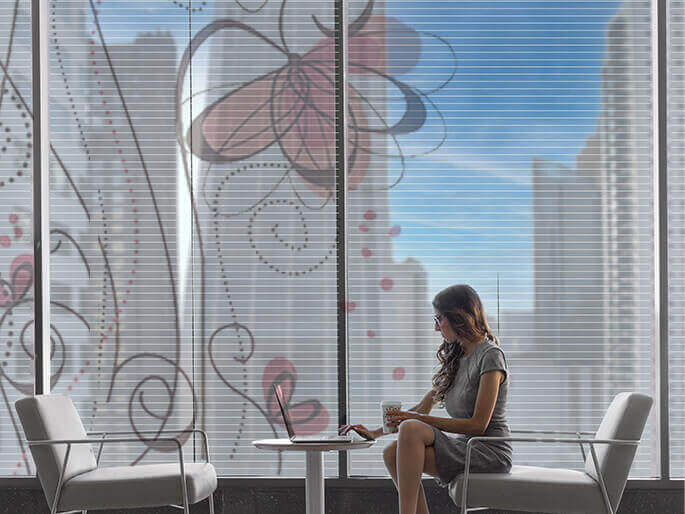
A prime example of the efficacy and beauty of digitally printed design on glass is Columbia College in Chicago, located on the Miracle Mile, the Historic Michigan Boulevard Chicago Landmark District. The design of the new façade had to meet the approval of the Commission on Chicago Landmarks while being bird safe. Using a blend of creativity and technology, they successfully recreated the image of the original terra cotta façade using a dot-matrix pattern with “dots” that are actually small graphics of a bird combined with printed dots on the outside following the two x four rule of the American Bird Conservancy. The result is a staggering 80% reduction in bird collisions.
Wallkingdon Glass offers not only one of the broadest selections of architectural, decorative, and specialty glass, but we also offer services that allow our clients to do more with glass. If you want to get high quality glass and the cost effective solutions while keeping quality to highest level, send an email to enquiry@wallkingdonglass.com, we will have the valuable input and creativity of glass design experts to help you.


